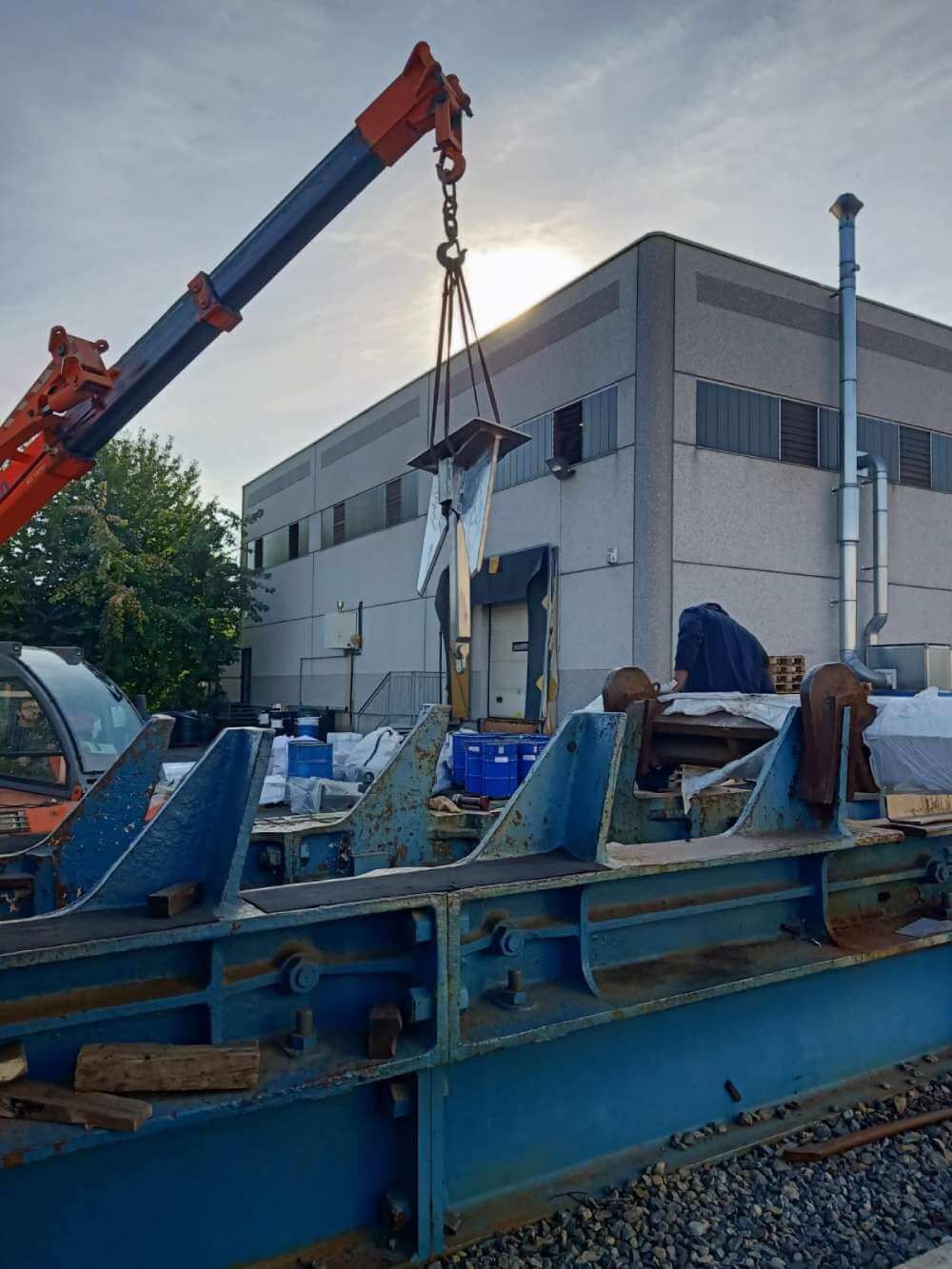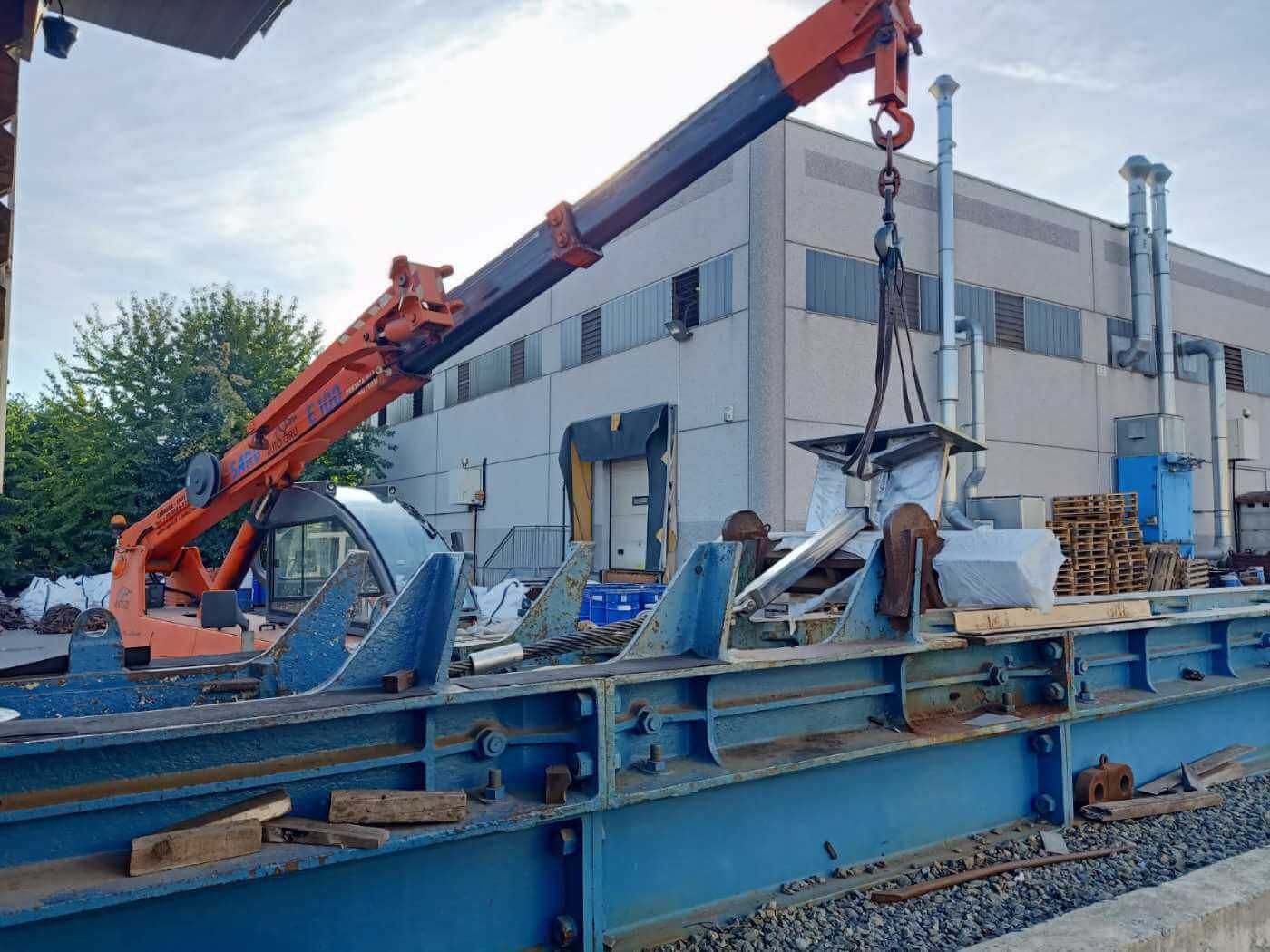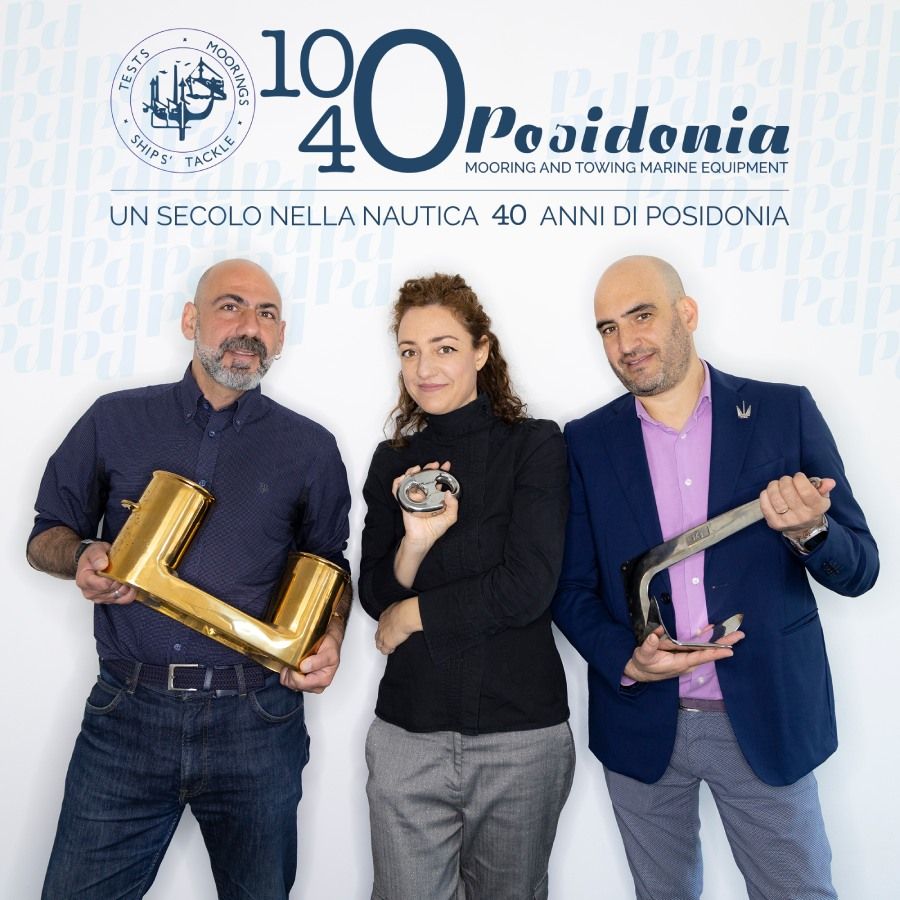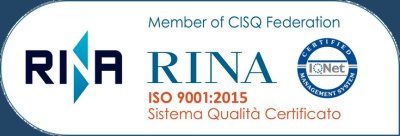A CLASS CERTIFICATE WITH THE POSIDONIA PULL BENCH
500 Ton Pull bench
The Posidonia Pull Bench is the largest in the Mediterranean, capable of handling up to 500 tons. It stretches to almost 30 meters in length and is annually calibrated by the Politecnico di Milano. The calibration is conducted in the presence of and subsequently approved by the Lloyd's Register of Shipping, the Italian Navy, and all other IACS Classification Societies.


A morning on the test bench
Yesterday, I had the pleasure of attending a test for a Posidonia PTW HHP anchor, complete with a closing plate, weighing 237 kg, to obtain a class certificate, along with our Technical Director, Mario Di Giandomenico.
Previously, Posidonia received approval for the drawings and manufacturing, which are valid for 5 and 1 year, respectively.
All documents, along with those related to material production, are included in the case file that will be the basis for the class certificate, identified by a number.
The ABS inspector kindly explained to us, "The number will be what allows the anchor and its accompanying certificate to be identified anywhere in the world at any time."
The required tests to pass the examination include pulling the anchor from both sides, with shackles locked, and drawing it from the shank to simulate anchoring.
The hydraulic piston of the pull bench begins to pull, and the anchor moves slightly, reaching the maximum load.
Mario explained, "Now we must hold the maximum load for one minute," pointing to the test graph on the computer.
"Here is the maximum load reached, and here is the current load; this is necessary for the break tests, where otherwise we would lose the maximum value."
Once the pull is completed, it appears that the anchor has passed the test, but it's not that simple.
There are now four additional checks that are part of the five certification tests, with the first being the pull: 1- Visual inspection of the anchor, including dimensional checks and identifying any visible deformations.
2- Auditory inspection, known as the "Hammering Test," during which one of our workers, Drame, hammered the anchor both on the shackles and the shank to evaluate the sound it produced: a bell-like sound or a dull sound. Naturally, we expected, and were satisfied to hear, a bell-like sound, indicating that the anchor has withstood the stress and exhibits no cracks in the welding.
3- Marking and weighing checks.
4- Liquid penetrant tests, following operational instructions No. 2 and EN ISO 9712.
The Posidonia staff is certified to conduct non-destructive testing (NDT) and has been employed at the company for many years, receiving regular updates from the relevant authorities.
“This is a test that exposes any imperfections an anchor may have, such as impurities or small imperfections, including missing weld beads. If a small weld bead is missing, it is added; if there are impurities, they must be cleaned until it is determined where the impurity ends”, they explain.
"Our PTW anchor has passed the examination, and the inspector issues the certificate from the Classification Society. Now comes the most important part, the 'baptism' of the anchor, if you will.
The anchor is marked with the Maltese cross, signifying the end of the inspection. Now the anchor is entitled to receive a unique identification number, stamped on it, allowing it to be identified anywhere in the world.
Alongside this number, there will be the engineer's name, month and year of manufacture, the inspection body, weight, and anchoring power."
I ask, "When do you need to retest?"
They respond: “For example, when it needs to be recertified by a different authority because the anchor will be installed on a vessel certified by a different authority. Often, the documentation, especially within the IACS framework, is the same. But sometimes, if certifications come from smaller authorities, the process needs to be repeated. Or for specific requirements.”
Mario and ABS inspector are extremely kind in explaining to me how the test bench and class certificates work.
Testing is a job that requires experience, both from those conducting the tests and those inspecting them. The hydraulic piston has great power, and Mario is able to calibrate it with precision.
The inspector can discern with a trained eye the various shades of color in the penetrating liquids, determining whether it is just dirt or a true impurity. It's a job that has been repeated for centuries, perhaps without computers, without the convenience of having certificates on an intranet.
Each anchor and every mooring and towing material requires certification.
Remote testing
Posidonia is also authorized for Remote Factory Acceptance Testing (RFA), which is approved by Lloyd's Register. RFA allows for faster testing thanks to more direct and streamlined communication between Posidonia and the authority.















